Refrigeration gauges are a vital part of maintenance and oversight when it comes to maintaining refrigeration systems and heat pumps. A faulty HVAC system can lead to a wide variety of problems that may cause discomfort for staff and increase the cost of operation. With the right refrigeration gauges in hand, your technicians can effectively test, diagnose, repair and optimise your HVAC systems.
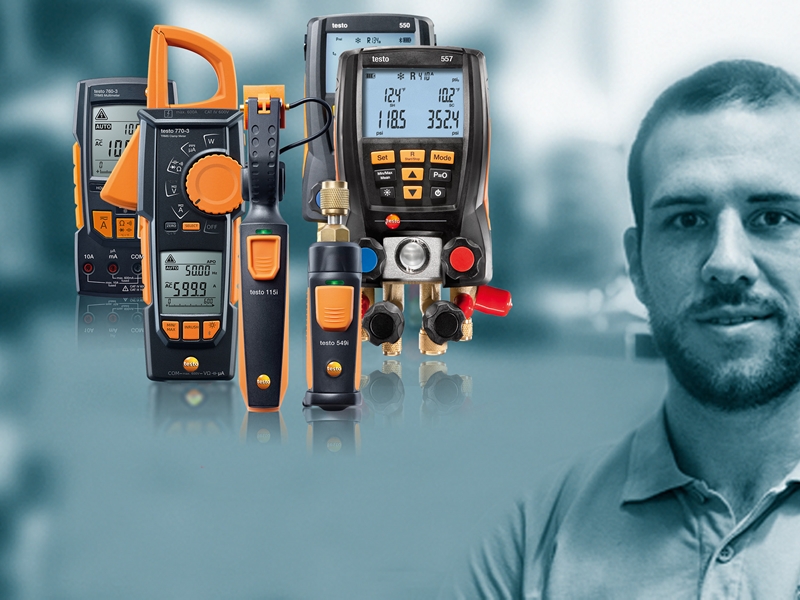 Testo refrigeration gauges support efficient operation of HVAC systems.
Testo refrigeration gauges support efficient operation of HVAC systems.What is a refrigeration gauge and how does it work?
Refrigeration gauges are handheld tools that connect to HVAC systems to provide technicians with information related to the system’s operation. Common variables measured by a refrigeration gauge include pressure, temperature, potential leakage and many other factors. The gauges offer clear visibility, especially when digital screens are used. Hoses are used to connect to the HVAC system, which provides the physical input necessary to take readings.
These instruments also play a vital role in common HVAC maintenance actions, such as adding refrigerant and evacuating air-conditioning and refrigeration systems to ensure there is no moisture or leaks present. The data obtained from the gauge can inform a variety of standard maintenance and repair actions.
What different types of refrigeration gauges are there?
Analogue gauges, including a needle and a scale that provide a readout, were once the standard for HVAC maintenance and repair. These gauges make it easy to see the distinction between the gauge itself, the manifold and the hoses that connect to the HVAC system undergoing maintenance or repair.
Now, digital gauges are growing more common and popular. They offer greater precision and mitigate the chances of operator error when securing a reading. Digital solutions, such as the testo 557 or testo 550 and other gauges in our range, have a single-body construction that integrates the gauge and much of the manifold, along with the control panel for the instrument.
While analogue gauges are still fit for use, technicians can easily benefit from the increased precision and control, quick data acquisition and analysis and on-site reporting offered by digital refrigeration gauges.
What features should a good refrigeration gauge have?
A dependable refrigeration gauge should, of course, include the basic components – gauge, manifold and sturdy attachments for the hoses. These basics are nonnegotiable, and are present in well-crafted analogue and digital gauges.
Digital gauges take things a step further, incorporating a control panel that offers precise readouts of the measurements taken by the gauge and manifold. These devices also frequently store information for accurately assessing many types of common refrigerants, providing more accurate data in less time. More advanced digital gauges also offer options to boost efficiency through modern technology, such as connecting to an app that allows technicians to update the refrigerant types catalogued by the unit and efficiently share accurate data. The testo 550 and testo 557, work in concert with our refrigeration app to provide such benefits.
Other features to keep in mind include recording past readings and the ability to attach probes for additional or easier functionality. Some manifolds – like Testo’s range – are also capable of handling water (R718) as a refrigerant and measure differential pressure for added user benefits.
The more possibilities a refrigeration gauge offers, the more applications it has in maintenance and repair efforts.
Why should you choose Testo for refrigeration and manifold needs?
Testo offers reliable, high-quality and adaptable digital refrigeration gauge and manifold units that support your technicians as they conduct the critical work necessary to maintain your / contract organisation’s HVAC system. View our range of available gauges and get in touch with us to learn more.



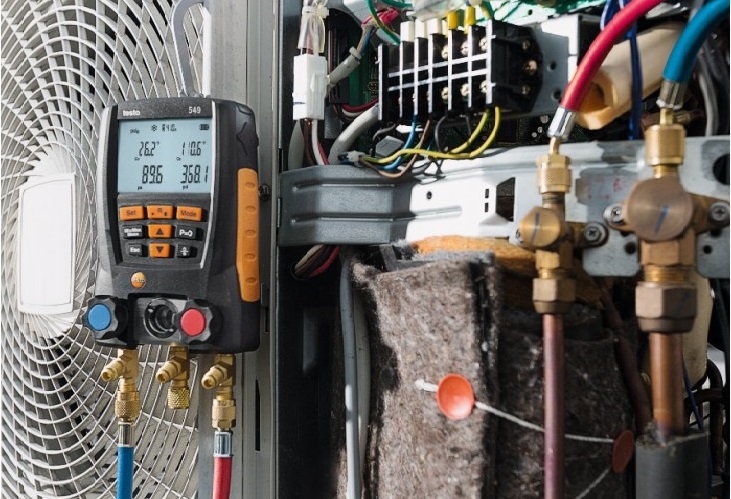

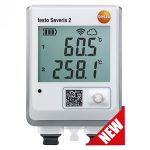
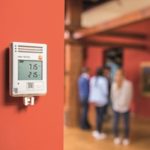
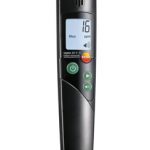

 Reduce cooking oil costs while ensuring quality
Reduce cooking oil costs while ensuring quality Expert knowledge on CO2 monitoring
Expert knowledge on CO2 monitoring Refrigeration knowledge - in 3 modules
Refrigeration knowledge - in 3 modules



